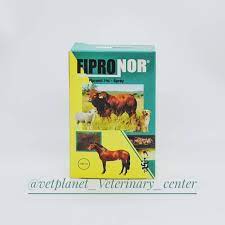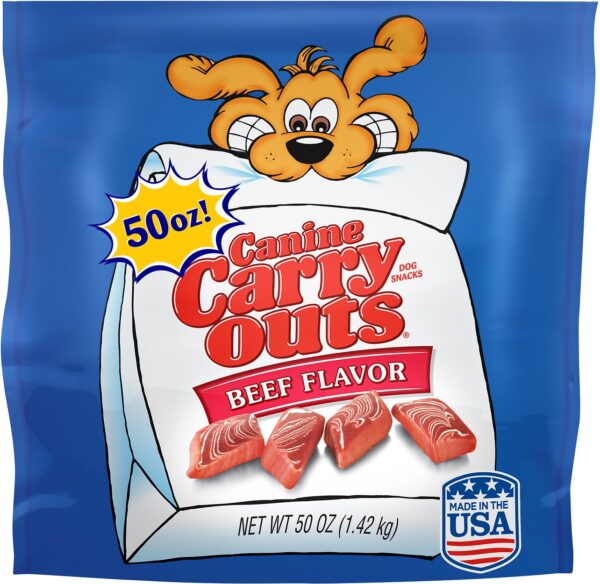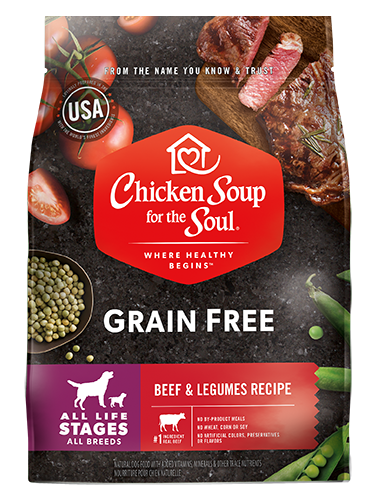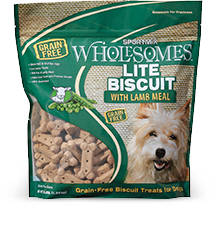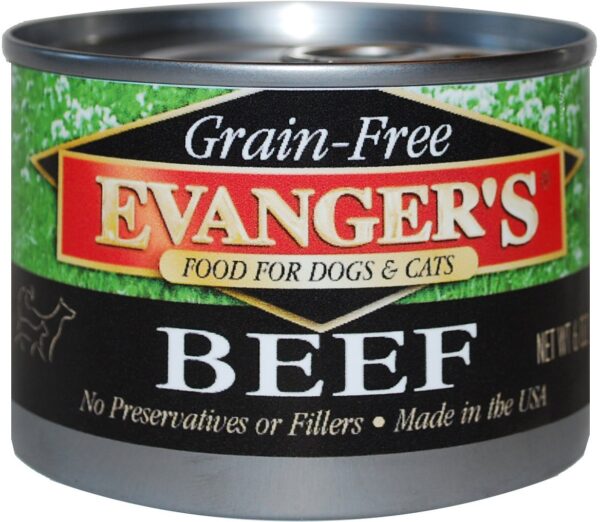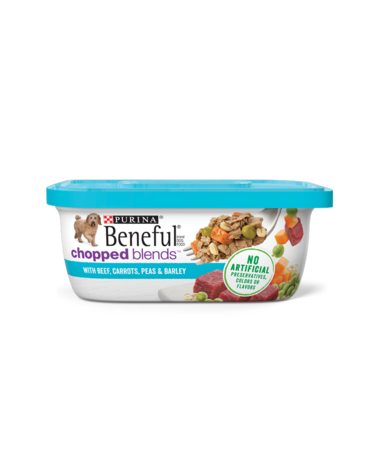Your cart is currently empty!
Fipronor 100ml
Fipronor is used for treating and controlling of infestation of the following external parasite on cattle: Homflies (Haematobia irritans), Biting lice (Damalinia bovis) and Ticks. Parasites, both internal and external, can cause production losses and discomfort to livestock, and are an economic and welfare concern. External parasites can lead to stress, reduced weight gain, decreased […]
Description
Fipronor is used for treating and controlling of infestation of the following external parasite on cattle: Homflies (Haematobia irritans), Biting lice (Damalinia bovis) and Ticks.
Parasites, both internal and external, can cause production losses and discomfort to livestock, and are an economic and welfare concern.
External parasites can lead to stress, reduced weight gain, decreased milk production and other production losses, irritation, and injury in their host animal. Parasites can also alter grazing and feeding behaviour in beef cattle. Some parasites transmit cattle diseases, such as bluetongue, pinkeye, and bovine anaplasmosis, from one animal to the next. Parasites can also be vectors of human diseases, and can carry problematic illnesses such as Lyme disease, West Nile disease, and Eastern equine encephalitis.
There are at least thirteen different types of external parasites that affect beef cattle in Canada. These include chewing lice, three species of sucking lice, three species of ticks, biting midges, mosquitoes, horn flies, stable flies, horse flies, deer flies, black flies, face flies, house flies, and mange mites.
Some pests cause problems in particular regions in Canada while not in others. Confinement situations can intensify certain pest problems. For example, species of lice may be present year-round; however, they can spread quickly through a herd kept in close proximity to one another during the winter. Stable flies are another problematic pest in confinement situations as they have preferred development habitats such as manure piles and spoiled feed. Other pests, such as horn flies, are more of a nuisance in grazing scenarios.
Prevention and Control Measures
The goal of pest control is not necessarily to eliminate the pest entirely. Rather, management strategies for preventing and controlling external parasites should be designed to reduce pests to populations below the level at which they cause production losses and harm to livestock.
Treatment of flea (Ctenocephalus spp) and tick (lxodes ricinus, Rhipicephalus sanguineus) infestations in dogs, cats and cattle.
Treatment of biting lice infestation in dogs (Folicola subrostaus)
Fipronor Dosage & administration:
External use only. Wet the coat/hair down to the skin for effective result. Cats and dogs: Spray/apply 0.75ml ro 1.5ml/kg b.w equivalent of 7.5mg – 15mg fiproni/kg b.w
Puppies and kitten from 2 days of age may be safely treated. Cattles and horse: Administration only by topical application at the dose rate of 1ml/10kg b.w equivalent os 1mg fipronil/kg b.w
The product should be applied by pouring along the backline in a narrow strip extending from the wither to the tailhead. Allow to dry naturally. Do not towel dry.
